Israel-Gaza latest: Ceasefire in tatters after Netanyahu orders ‘powerful’ attacks leaving at least nine dead
Hamas breached truce by attacking forces, Israeli military official says

© AP
Hamas breached truce by attacking forces, Israeli military official says

© AP
The Israeli PM announced its plans attack shortly after claiming Hamas had opened fire at Israeli forces in southern Gaza
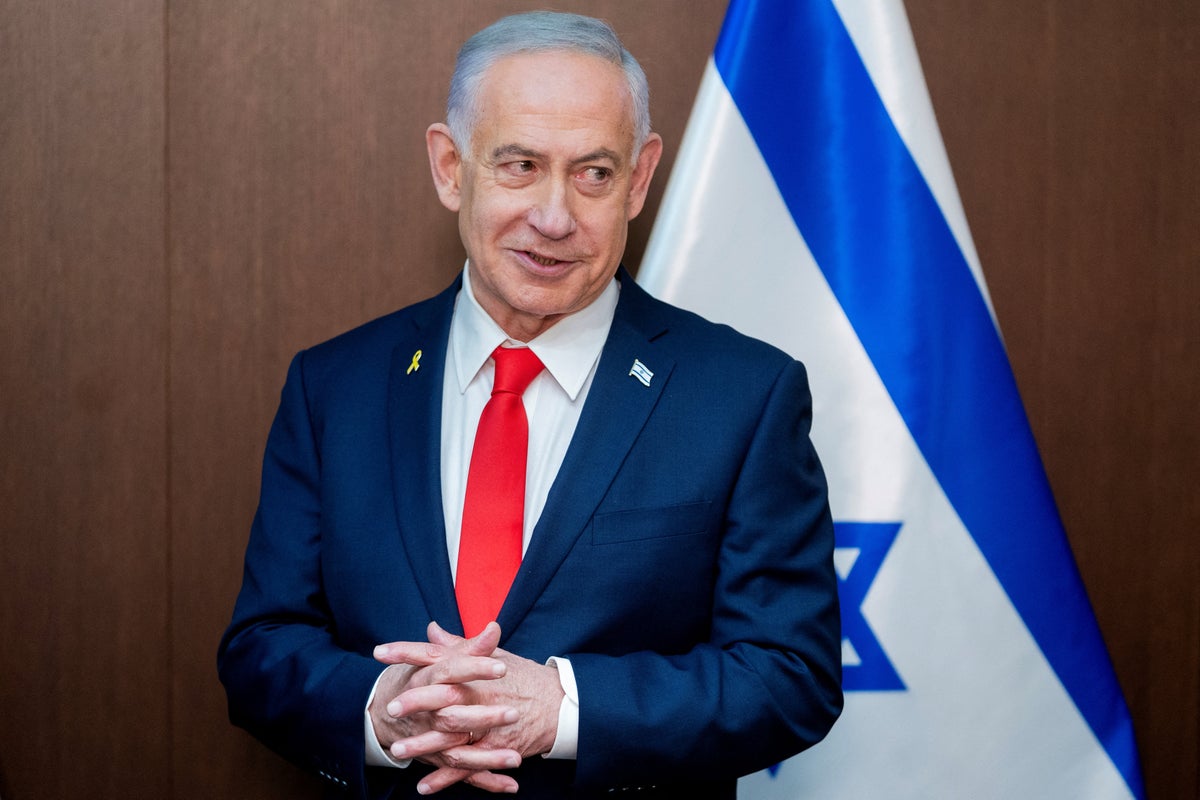
© Reuters
Hamas and Israel continue to clash over the 13 bodies of hostages still held in Gaza

© X/@IsraelMFA
Riads offer a serene escape from the bustling city, allowing guests to live among remarkable Moroccan craftsmanship and design

© Clemente Vergara
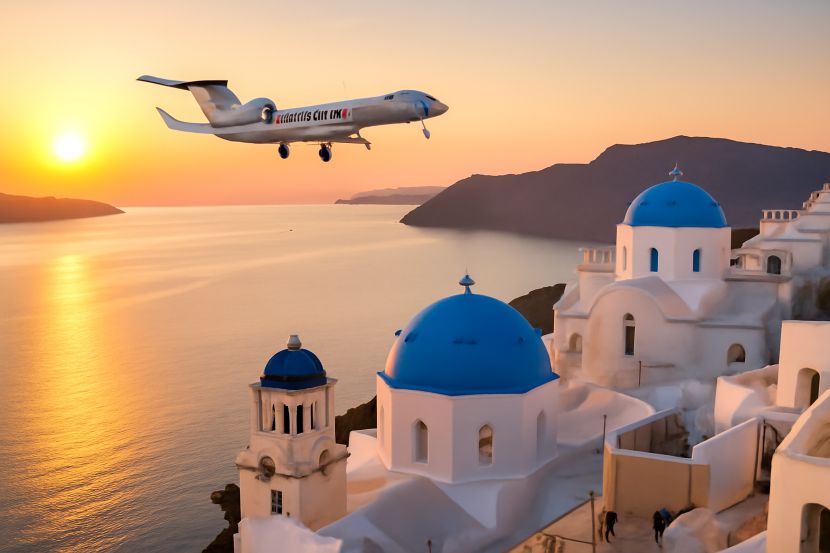
As Mediterranean tourism continues to thrive in 2025, French Riviera, Mykonos, Santorini, and Tivat are seeing significant increases in visitors, thanks to a rise in private jet bookings. Travelers looking for exclusive experiences have made these destinations the top choice for their summer getaways. According to AXIS Aviation, a leading European charter company, the summer months of June through September saw an uptick in demand for these high-end locales, signaling a promising future for Mediterranean tourism.
The French Riviera, long a favorite of the rich and famous, has once again proven to be a major draw. Known for its glamorous Nice, Toulon-Hyères, and Saint-Tropez, the region attracts those seeking luxury, culture, and history. Despite challenges such as new taxes, the region’s appeal remains intact. The French Riviera has earned its reputation as an ultimate hotspot, offering stunning views of the Mediterranean Sea, exclusive shopping, and world-class culinary experiences. This influx of high-end travelers reinforces its position as a key player in the luxury tourism sector.
Further east, Mykonos and Santorini continue to dominate the Greek Islands tourism scene. With their iconic white-washed buildings, blue waters, and rich cultural heritage, these islands never lose their charm. Mykonos, famous for its vibrant nightlife, draws party-goers and those seeking an energetic holiday. Santorini, on the other hand, attracts those looking for more peaceful, romantic getaways, with its breathtaking sunsets and quiet charm. The demand for private jets to these two destinations has surged, underscoring their strong hold on the luxury tourism market. The ability to bypass crowded airports and enjoy a seamless travel experience further elevates the allure of these idyllic islands.
On the Adriatic coast, Tivat, Montenegro’s burgeoning tourism gem, has also seen a rise in visitors. With its pristine beaches and growing infrastructure, Tivat is gaining recognition as an up-and-coming destination for travelers looking for less crowded alternatives to the more traditional Mediterranean spots. Located in the stunning Bay of Kotor, Tivat combines natural beauty with historical significance, making it an increasingly popular choice among private jet passengers. This rise in demand is helping boost Tivat’s tourism and position it as a luxury destination in its own right.
The AXIS Aviation report highlights a growing trend towards one-way charter bookings, especially for transatlantic flights to destinations like New York, Miami, and the Bahamas. The flexibility these options offer travelers shows a shift in the way people approach luxury vacations. Instead of round-trip travel, people are increasingly looking for bespoke travel experiences that can be tailored to their personal preferences. This trend is not only reshaping the aviation industry but also driving growth in the tourism sector as destinations like French Riviera, Mykonos, Santorini, and Tivat cater to these needs.
Private jet passengers have shown a clear preference for long-range jets such as the Gulfstream G650 and Gulfstream G550. These jets offer the comfort and convenience required for long flights to far-flung locations. As a result, high-net-worth individuals are more inclined to book trips to destinations that provide a high level of service, beauty, and exclusivity. This directly benefits Mediterranean tourism, as these travelers tend to spend significantly more on accommodations, dining, and local experiences.
Despite the global challenges posed by political and economic factors, charter demand for these Mediterranean destinations remains strong. The growing trend of customized, high-end travel experiences shows no sign of slowing down. People are prioritizing unique and memorable vacations, leading to an economic boost for the tourism sector. Both well-established destinations like the French Riviera and newer entrants like Tivat are benefiting from this shift in traveler behavior.
Looking ahead, the future of Mediterranean tourism appears bright, with Mykonos, Santorini, Tivat, and the French Riviera continuing to draw attention from affluent travelers around the world. As private jet traffic remains on the rise, these locations are well-positioned to maintain their status as key hubs for luxury travel. The rise in tourism brought about by the surge in private jet bookings shows just how influential this segment of the travel industry is in shaping the future of Mediterranean tourism.
The Mediterranean’s allure remains as strong as ever, and destinations like French Riviera, Mykonos, Santorini, and Tivat are reaping the benefits of this new era in luxury tourism. As more travelers seek exclusive, customized experiences, these spots will continue to be top choices for those looking to enjoy the best the Mediterranean has to offer. The ongoing growth in private aviation and tourism highlights the importance of offering not just a destination, but a truly unforgettable experience.
The post Explore Luxury Travel: French Riviera, Mykonos, Santorini, and Tivat Lead Mediterranean Tourism Surge in 2025 appeared first on Travel And Tour World.The family of Lindsay and Craig Foreman say the couple are ‘losing hope’

© Family handout
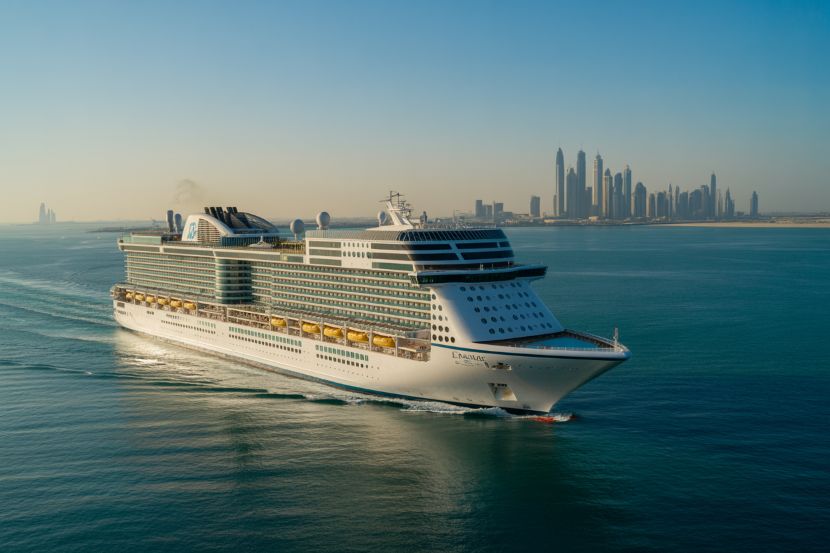
In a surprising shift, MSC Euribia, the LNG-powered cruise ship, has been rerouted from its planned Red Sea path and is now navigating through the African continent on its way to the UAE. Originally set to pass through the Suez Canal to the Gulf, this change of course highlights the evolving challenges facing cruise lines. The ship will now homeport in Dubai starting in November 2025, marking the start of its Middle East cruise season. This extended route bypasses the Red Sea, incorporating new stops across Africa and the Arabian Peninsula. The adjustment comes as security concerns around the Red Sea region have prompted cruise operators to reevaluate their itineraries. Passengers can expect to experience a variety of exciting destinations including Abu Dhabi, Muscat, Doha, and more.
MSC Euribia’s voyage, originally scheduled to pass through the Suez Canal, was shifted due to security concerns in the Red Sea. As a result, the ship embarked on a much longer journey from Northern Europe, making a strategic stop at Las Palmas de Gran Canaria. Afterward, it continues its southern course, passing around Africa to reach the Arabian Gulf.
Scheduled to begin its operations out of Dubai on November 8th, 2025, the ship will be homeporting there until early April 2026. This shift not only opens the cruise season in the region but also presents a fresh set of destinations for passengers, including stops at some of the most iconic cities and islands of the Middle East. With this change, MSC Euribia will offer 3-, 4-, and 7-night cruises, making it an appealing option for both short getaways and extended vacations.
The rerouting of MSC Euribia reflects the broader operational challenges cruise operators face in the Red Sea region, where geopolitical tensions have led to instability. MSC’s decision to avoid the Red Sea corridor ensures the safety of passengers and crew while maintaining its commitment to high-quality experiences. Several cruise lines have adapted their routes similarly to avoid affected waters, highlighting the importance of flexibility and preparedness in the face of changing circumstances.
In addition to the Middle East, MSC Euribia’s new African route opens up the possibility for further exploration of Africa’s west coast as well as Arabian Peninsula destinations. For travelers, this means an opportunity to explore new regions that were previously not part of the standard cruise itineraries in the Middle East.
Once in the UAE, MSC Euribia will offer travelers access to a variety of must-see locations. The ship’s itinerary includes a blend of cultural, historical, and scenic destinations across the Gulf and beyond. Here are the primary ports of call on the newly designed route:
If you’re planning to board MSC Euribia, there are a few things you should consider to ensure your cruise experience is smooth and enjoyable:
The Middle East is becoming increasingly popular as a cruise destination due to its blend of modernity and history. Countries like the UAE, Qatar, and Oman offer pristine beaches, luxury shopping, and state-of-the-art attractions alongside rich cultural landmarks. With the growing number of cruise ships visiting the region, travelers can explore an ever-expanding list of destinations, from traditional markets to breathtaking modern architecture. Additionally, the region’s steady tourism growth reflects its appeal to both luxury travelers and those seeking unique cultural experiences.
MSC Euribia’s unexpected African detour is a great opportunity for passengers looking to explore new horizons. The ship’s planned itinerary in the Middle East, spanning from Dubai to Muscat, presents an exciting range of experiences, making it an excellent option for both seasoned cruisers and first-time travelers. As geopolitical challenges continue to impact cruise operations in the region, MSC’s flexible approach ensures that it continues to provide a high-quality cruising experience while prioritizing passenger safety.
The post MSC Euribia’s Rerouted African Voyage Brings New Middle East Itinerary with Stops in Dubai, Abu Dhabi, Muscat, and More, Everything That You Need to Know appeared first on Travel And Tour World.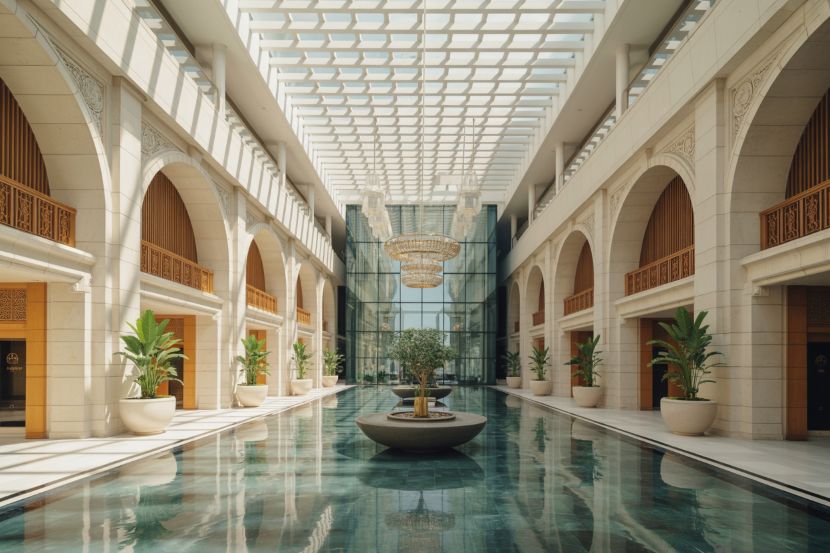
The Middle East, with Dubai and the UAE at the forefront, is rapidly reshaping the global hospitality landscape. Known for its luxury, advanced technologies, and commitment to sustainability, this region is not only keeping pace with global shifts but defining them. Hospitality in this region is undergoing a transformation fueled by artificial intelligence (AI), regenerative design, and well-being tourism. These factors are blending traditional values with modern technologies, creating new benchmarks for global tourism and travel experiences.
As the Middle East pushes boundaries with AI-driven guest services, advanced sustainable travel models, and innovative foodservice concepts, travelers are increasingly drawn to the region’s cutting-edge offerings. With Dubai spearheading this revolution, it’s clear that the region is setting the tone for future developments in hospitality worldwide.
The Middle East has always been a hub of luxury and tourism. But in recent years, this region, particularly Dubai and the UAE, has elevated its status through sustainability commitments and luxury brand partnerships. These efforts are being integrated into the region’s hospitality models, creating unique experiences for visitors. From regenerative design in hotels and resorts to AI technology that personalizes guest interactions, the Middle East is becoming the place where luxury, innovation, and sustainability converge.
Dubai’s commitment to adopting AI technologies for enhancing the guest experience is one of the primary drivers of this transformation. The integration of AI-driven solutions helps hotels deliver personalized services, making it easier for guests to plan their stays, manage services, and enjoy enhanced experiences. This adoption of technology has not only improved convenience but also efficiency, creating a seamless experience for guests.
The Middle East’s hospitality industry is also increasingly focused on wellness tourism and sustainability. With green building technologies and eco-conscious services, the region is introducing initiatives aimed at reducing its environmental footprint while enhancing the travel experience. Leading hotel chains are embracing sustainable luxury, where guests can enjoy high-end services without compromising their environmental values.
Moreover, the regenerative design movement has begun influencing hotel architecture and design across the Middle East. This design philosophy goes beyond green building standards by focusing on creating spaces that heal and regenerate the environment. Such innovations are becoming popular among eco-conscious travelers who want their stays to contribute positively to the planet.
As AI technologies revolutionize the hospitality industry, one question remains: can hospitality retain its human touch in an AI-driven world? The Middle East has taken steps to strike a balance between technology and personal service. While AI helps streamline services, hotel staff are still trained to provide a high level of personalized service that ensures the human connection is never lost. In fact, AI is being used to enhance rather than replace human interaction, ensuring guests enjoy both the convenience of technology and the warmth of human service.
Technology is also making a significant impact in the foodservice sector. With innovations like AI-powered food delivery and robotic chefs, dining experiences in the Middle East are becoming more convenient and engaging. These new technologies not only improve the speed and efficiency of foodservice but also offer unique dining experiences that blend traditional flavors with cutting-edge innovation.
Travelers heading to the Middle East, particularly Dubai, should prepare for a hospitality experience that blends luxury with futuristic technology and sustainability. Whether staying in a green-certified hotel, enjoying a wellness retreat, or experiencing AI-driven services, guests will find a hospitality ecosystem that prioritizes innovation while maintaining strong human connections.
For those seeking a seamless experience, many hotels offer smart rooms that adjust temperature, lighting, and even entertainment systems based on guest preferences, all controlled via a mobile app or voice assistant. Additionally, travelers will notice a significant focus on wellness, with spas, yoga studios, and meditation zones becoming integral parts of many hotels.
The future of hospitality in the Middle East is being defined by a blend of advanced technologies, sustainability, and human-centered experiences. With cities like Dubai leading the way, the region is setting new trends that the rest of the world is beginning to follow. As artificial intelligence, well-being tourism, and regenerative design continue to evolve, travelers can expect even more exciting innovations in hospitality, making the Middle East a must-visit destination for those seeking both luxury and sustainability.
The hospitality revolution underway in the Middle East is not just about luxury; it’s about creating an experience that connects with the needs and values of today’s travelers. Whether through advanced technologies or green designs, the Middle East is leading the charge in creating a hospitality experience like no other.
The post How Dubai, UAE, and the Middle East are Shaping the Future of Global Hospitality Through AI, Eco-Friendly Design, and Wellness-Focused Tourism appeared first on Travel And Tour World.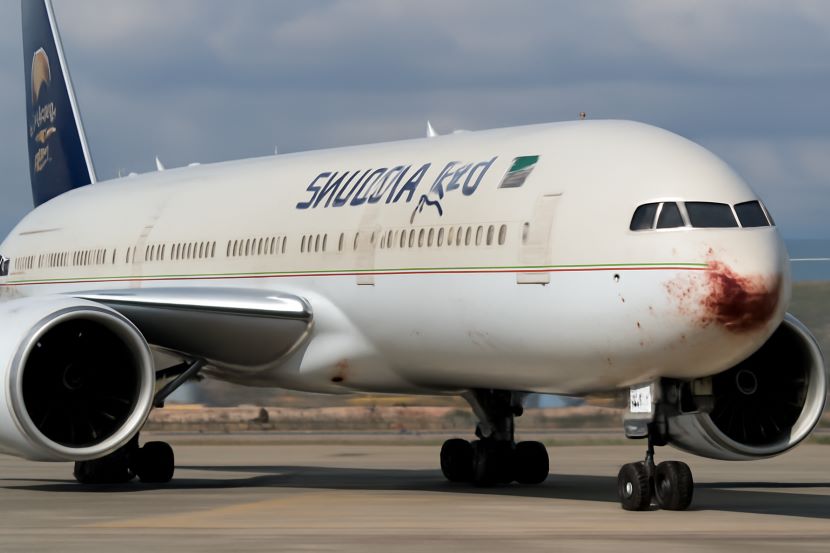
On October 25, 2025, a Saudia Airlines flight encountered a bird strike shortly after departing from Algiers-Houari Boumediene Airport (ALG). Despite the collision with a flock of birds during the takeoff climb, the flight continued safely to its scheduled destination, Jeddah-King Abdulaziz International Airport (JED). Thankfully, no passengers, crew, or ground personnel were injured during the incident.
Saudia Airlines flight SV340, operating a Boeing 777-3FGER aircraft, was in the early stages of its departure when it collided with a flock of birds. The bird strike occurred during the aircraft’s approach/climb-out phase. The Boeing 777, which was built in 2016, sustained minor damage to its nose cone but was able to continue its journey without further issues. This unexpected incident did not impact the safety of the passengers or crew, and the flight proceeded as scheduled.
The aircraft involved in the incident was equipped with General Electric GE90-115B engines, known for their reliability and performance. Despite the impact, the jet continued its climb without requiring any emergency landings, arriving safely at its destination in Jeddah, Saudi Arabia.
Following the bird strike, passengers onboard were unaware of the severity of the incident. As the aircraft continued its journey without interruption, the air traffic control services and the flight crew remained in close contact to ensure the safety of everyone aboard. The minor damage to the aircraft was thoroughly assessed upon landing, and there were no further safety concerns.
While bird strikes are not uncommon in aviation, they often result in significant safety concerns. However, the ability of Saudia flight SV340’s crew and the aircraft’s systems to manage the situation and maintain flight stability highlights the strength of modern aviation technology and the training of flight crews.
Saudia Airlines has a long-standing reputation for providing safe and reliable air travel. The airline, based in Jeddah, operates a fleet that includes a variety of Boeing and Airbus aircraft, each designed to meet the highest safety standards. The Boeing 777, which is a part of the airline’s long-haul fleet, has proven to be one of the most reliable aircraft in commercial aviation, with advanced safety features and cutting-edge technology.
Bird strikes, though relatively rare in terms of major accidents, are a common hazard in the aviation industry. Airports and airlines globally have stringent protocols in place to minimize the risk of such incidents. The Algiers incident serves as a reminder of the importance of continuous safety measures, including regular aircraft inspections, bird control efforts around airports, and effective pilot training.
Bird strikes have the potential to cause significant damage to an aircraft, particularly to the engines and windshields. However, modern aircraft are designed to withstand such impacts. In the case of Saudia flight SV340, the bird strike only caused minor damage to the nose cone. The aircraft continued its journey to Jeddah without needing to make any emergency maneuvers. Aviation safety protocols and engineering advancements ensure that bird strikes are handled effectively, minimizing risks to passengers and crew.
For global travelers, the news of a bird strike can be unsettling. However, it’s important to remember that air travel is among the safest modes of transportation. Here are a few travel tips for those concerned about bird strikes:
Despite the shocking nature of a bird strike during departure, Saudia Airlines flight SV340’s safe journey to Jeddah exemplifies the strength of modern aviation safety. The quick response of the flight crew, combined with the sturdy design of the Boeing 777, ensured that the incident did not disrupt the overall safety of the flight.
For tourists traveling through Algiers or Jeddah, or for anyone considering flying with Saudia Airlines, this incident serves as a reminder of the airline’s commitment to safety and reliability. Even in unexpected situations like bird strikes, the world of aviation continues to evolve to ensure the safety of all passengers.
The post Bird Strike Hits Saudia Boeing 777 on Departure from Algiers – No Injuries Reported appeared first on Travel And Tour World.The International Press Institute honours late photojournalist who was killed in an Israeli strike in August while covering the Gaza war
.jpeg?width=1200&auto=webp&crop=3%3A2)
© Independent Arabia
The children had been playing near their damaged home when they discovered a round object

© Copyright 2025 The Associated Press. All rights reserved.
Donald Trump has declared peace in the Middle East and secured a fragile ceasefire. What happens next is not so clear, James C. Reynolds reports
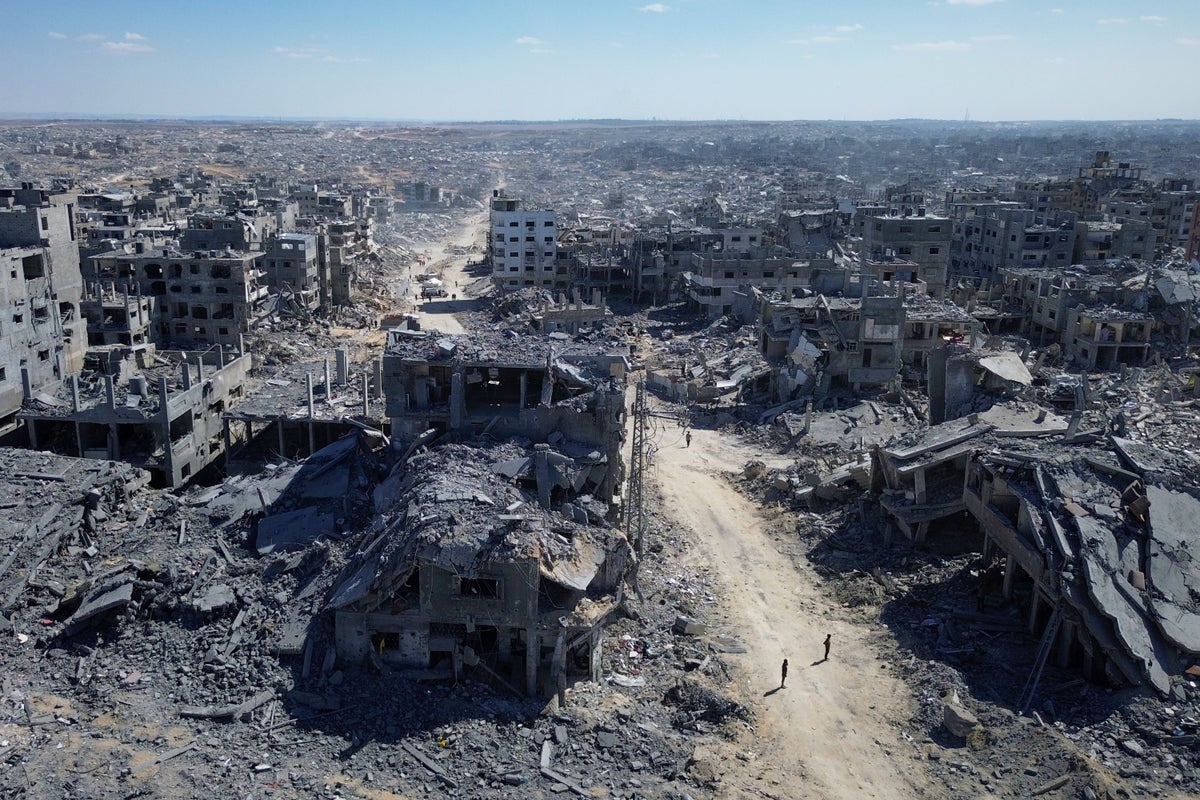
© AP
